Get a custom course package
We may not have any package deals available including this course. If you enquire or give us a call on +44 1344 203999 and speak to our training experts, we should be able to help you with your requirements.
Module 1: Administration Overview
Module 2: Manage Users
Module 3: Manage Devices
Module 4: Manage the System
Module 5: Manage Reports
Module 6: Manage Security
Module 7: IP Address, Hostname, and Domain Name Changes
Module 8: Disaster Recovery
Module 9: Troubleshooting


The Administering Cisco Unified Communications Manager Training Course is designed for professionals responsible for deploying and managing Cisco Unified Communications Manager (CUCM) solutions. This Cisco Training is essential for those aiming to enhance their skills in configuring and administering voice and video communication systems. Here are the professionals who can benefit from attending this Cisco Training :
There are no formal prerequisites to attend this Administering Cisco Unified Communications Manager Training Course. However, delegates should be familiar with basic networking concepts, IP, and VoIP technologies.
The Administering Cisco Unified Communications Manager (ACUCM) Training Course is specifically designed for professionals who aim to manage and configure a Cisco Unified Communications solution. This Cisco Certification focuses on Cisco Unified Communications Manager (CUCM), the call routing and signalling component of the Cisco Unified Communications software. It covers a range of topics, including CUCM architecture, deployment, endpoint and user configuration, and call routing. Participants learn how to use CUCM administration interfaces, manage devices within CUCM, and maintain a reliable communications network.
The benefits of the ACUCM Training Course are manifold, particularly for IT professionals working in communications management. Firstly, it provides in-depth knowledge and practical skills in managing Cisco's Unified Communications Manager, an essential tool for modern communication networks. This understanding is crucial for ensuring efficient, secure, and reliable communication within an organisation. Secondly, the course equips participants with the ability to effectively configure and troubleshoot the CUCM environment, enhancing their problem-solving skills.
Attending The Knowledge Academy's 3-day Administering Cisco Unified Communications Manager Training Course offers specific benefits to participants. It enhances their career prospects by providing them with a specialised skill set that is highly sought after in the IT and communications industry. The Cisco Certification obtained upon completion of the course is a testament to their expertise in managing Cisco Unified Communications solutions, making them valuable assets to current or potential employers.
Course Objectives
The Administering Cisco Unified Communications Manager Training Course aims to equip participants with a comprehensive skill set for managing Cisco’s Unified Communications solutions. This Cisco Training Course not only provides theoretical knowledge but also emphasises practical application, preparing participants for real-world challenges and enhancing their professional capabilities in the ever-evolving field of IT communications.




Why choose us
Experience live, interactive learning from home with The Knowledge Academy's Online Instructor-led Administering Cisco Unified Communications Manager. Engage directly with expert instructors, mirroring the classroom schedule for a comprehensive learning journey. Enjoy the convenience of virtual learning without compromising on the quality of interaction.
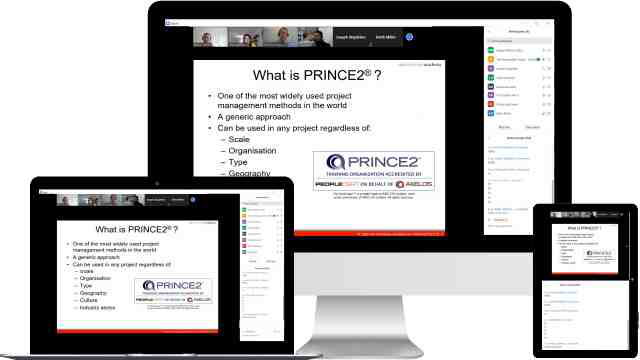
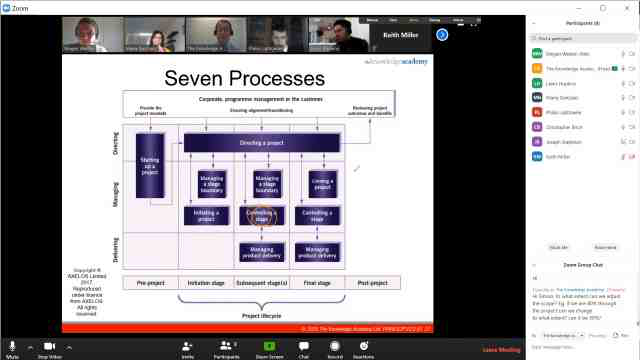
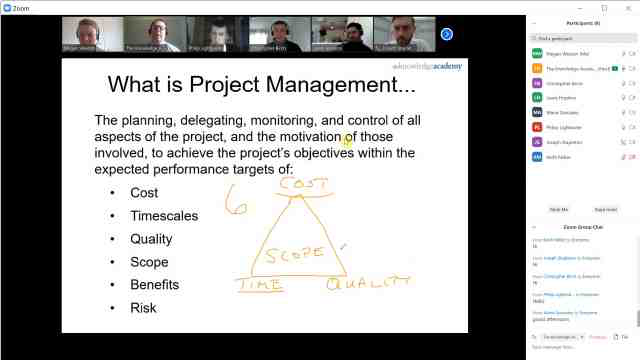
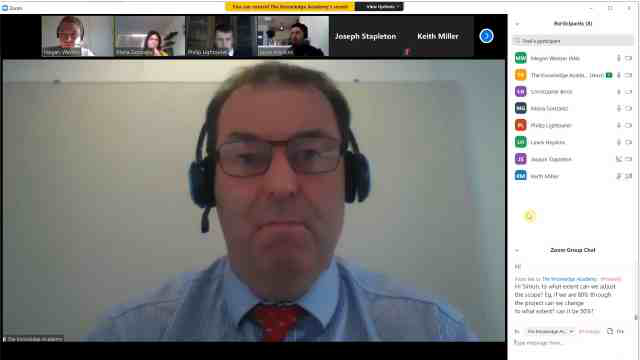
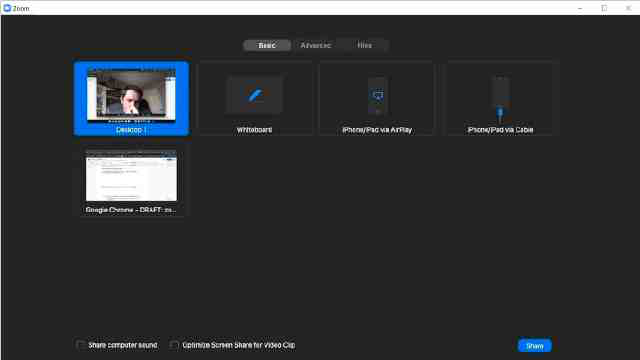
Unlock your potential with The Knowledge Academy's Administering Cisco Unified Communications Manager, accessible anytime, anywhere on any device. Enjoy 90 days of online course access, extendable upon request, and benefit from the support of our expert trainers. Elevate your skills at your own pace with our Online Self-paced sessions.
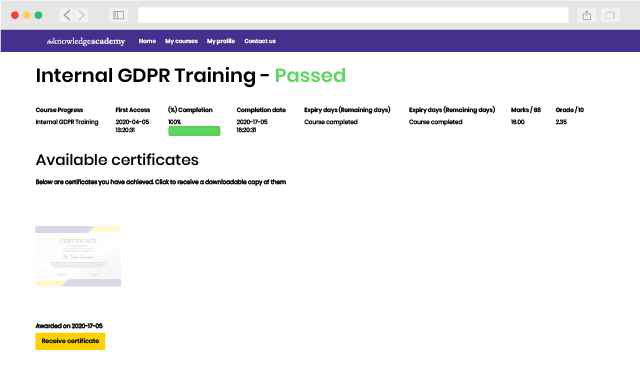
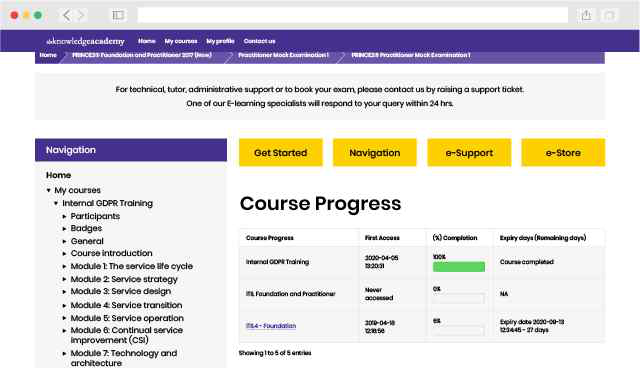
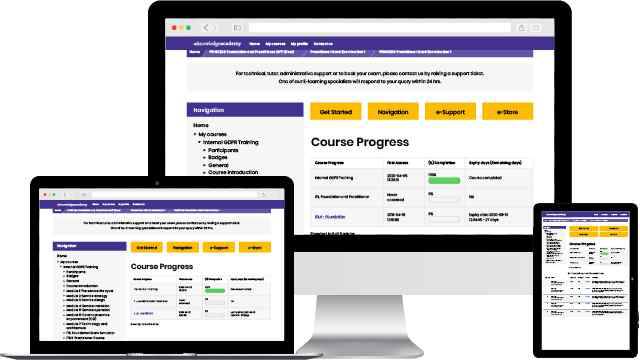
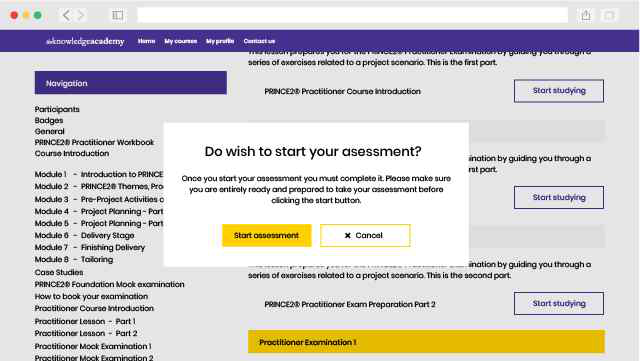
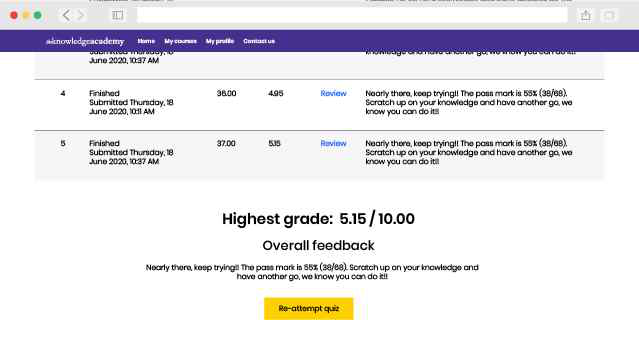
Experience the most sought-after learning style with The Knowledge Academy's Administering Cisco Unified Communications Manager. Available in 490+ locations across 190+ countries, our hand-picked Classroom venues offer an invaluable human touch. Immerse yourself in a comprehensive, interactive experience with our expert-led Administering Cisco Unified Communications Manager sessions.

Boost your skills with our expert trainers, boasting 10+ years of real-world experience, ensuring an engaging and informative training experience

We only use the highest standard of learning facilities to make sure your experience is as comfortable and distraction-free as possible

Our Classroom courses with limited class sizes foster discussions and provide a personalised, interactive learning environment

Achieve certification without breaking the bank. Find a lower price elsewhere? We'll match it to guarantee you the best value
Streamline large-scale training requirements with The Knowledge Academy’s In-house/Onsite Administering Cisco Unified Communications Manager at your business premises. Experience expert-led classroom learning from the comfort of your workplace and engage professional development.

Leverage benefits offered from a certification that fits your unique business or project needs

Cut unnecessary costs and focus your entire budget on what really matters, the training.

Our Administering Cisco Unified Communications Manager offers a unique chance for your team to bond and engage in discussions, enriching the learning experience beyond traditional classroom settings

The course know-how will help you track and evaluate your employees' progression and performance with relative ease


You won't find better value in the marketplace. If you do find a lower price, we will beat it.

Flexible delivery methods are available depending on your learning style.
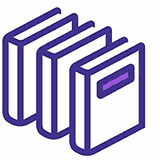
Resources are included for a comprehensive learning experience.




"Really good course and well organised. Trainer was great with a sense of humour - his experience allowed a free flowing course, structured to help you gain as much information & relevant experience whilst helping prepare you for the exam"
Joshua Davies, Thames Water



 Back to course information
Back to course information
We may not have any package deals available including this course. If you enquire or give us a call on +44 1344 203999 and speak to our training experts, we should be able to help you with your requirements.
 If you miss out, enquire to get yourself on the waiting list for the next day!
If you miss out, enquire to get yourself on the waiting list for the next day!

close


Press esc to close

close
Fill out your contact details below and our training experts will be in touch.



Back to Course Information